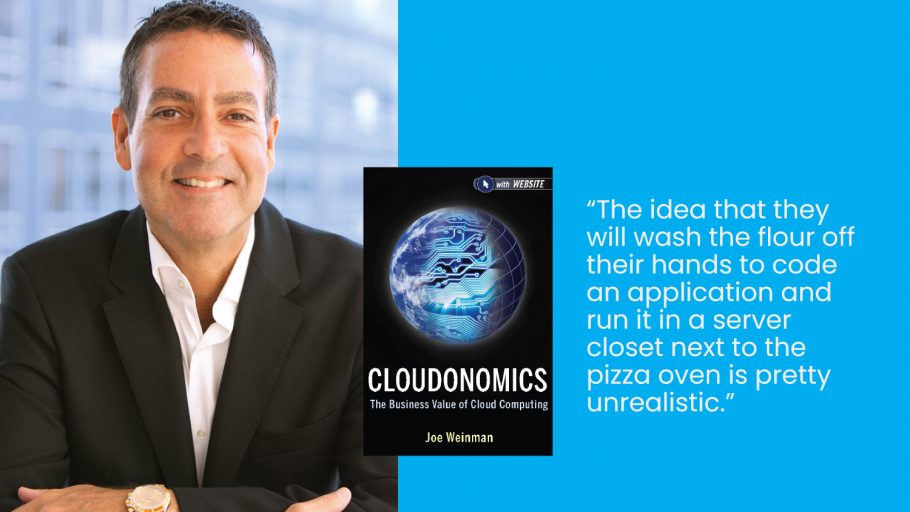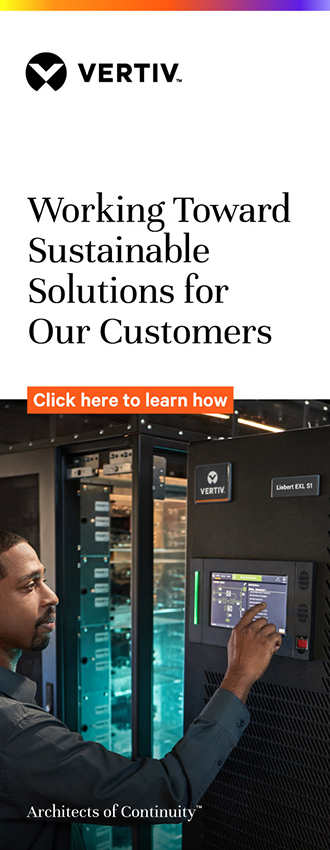Exactly ten years ago, my first book, Cloudonomics: The Business Value of Cloud Computing, was published by John Wiley and Sons. It is still taught in universities around the world due to its timeless arguments and predictions that have stood the test of time. Although Cloudonomics gets into some thorny math, the basic arguments are easy to understand, and with all the confusion still surrounding cloud computing, it’s worth a quick recap.
Public Cloud is a Viable Solution
OK, now everyone knows this. Ten years ago, there were people who were questioning its value, or wondering about security, or suggesting that CIOs wait until unit prices came down before considering public cloud as a viable solution for enterprises. But clearly every single industry in the world has an ownership variant and a pay-per-use “as-a-service” variant: rooms can be owned in your home or rented in a hotel; cars can be owned or leased/acquired as a service through taxis, ridesharing, or auto rentals; food can be cooked in your kitchen or eaten in a restaurant; and you can buy and own batteries or pay the electric utility. Sure, people questioned security in the first “money storage as-a-service” business (a.k.a., a bank), but hardly anyone worries about that now.
But Not the Only Solution
However, people soon went overboard. For example, in one strategy model, industry solutions began as a custom solution, then became standardized as high-volume products, then services, then commodities. Nicholas Carr in The Big Switch pointed out that factories used to be powered by their own waterwheels, mechanically, before they were powered electrically via dynamos. Eventually, they got all their electric power from a utility, and, he argued, enterprises would get all their computing power from a utility as well.
There are multiple problems with these arguments. First of all, while people certainly stay in hotels and take taxis, plenty of people and organizations own homes and own or lease cars. Moreover, the pendulum is swinging away from electric utilities to distributed power generation and co-generation via solar and wind. When a “C” battery or home generator evolves to a small nuclear fusion plant, hardly anyone will need an electric utility. Rational decision-makers will use whatever solution fits their needs and constraints and optimizes business benefits.
Which is Why Hybrids Can Be Best
For many organizations, a public cloud is the only and best solution, just as some people live in hotels and many people only fly commercial. There are many reasons for this cloud model, including expertise, scale, statistical multiplexing effects, and core vs. context focus. My mental model of a company that should only use cloud is the corner pizzeria. The idea that they will wash the flour off their hands to code an application and run it in a server closet next to the pizza oven is pretty unrealistic. However, organizations that have sufficient expertise are looking to differentiate themselves through IT, and they can achieve economies of scale and performance enhancements by running dedicated equipment in a tuned environment—and have sufficiently flat demand not to overbuild capacity. These companies are great candidates to run on their own equipment, in their own data center or in a colocation facility.
Everyone used Netflix as the “poster child” for going “all-in” on cloud, not realizing that while “everything before you hit play” happens in a public cloud—including transcoding and recommendation engines—content is actually served out of dedicated, owned equipment in colocation facilities, as many of the readers of InterGlobix know.

Cost Optimization is Important
Whether you’re an individual or an enterprise, government, or military organization, it’s never good to throw away money needlessly. The arguments for staying away from public cloud largely missed the point: they confused unit cost—e.g., the cost for an hour of use of a server or given capability—for the total cost-of-use given performance differentials between solution strategies and in the presence of variable demand. The unit cost of a rental car for a day is much higher than the pro rata cost of owning that same car for 24 hours. However, it’s much cheaper than buying a car in a city you are visiting for a few days and then discarding it, which is essentially what happens with overbuilt capacity.



